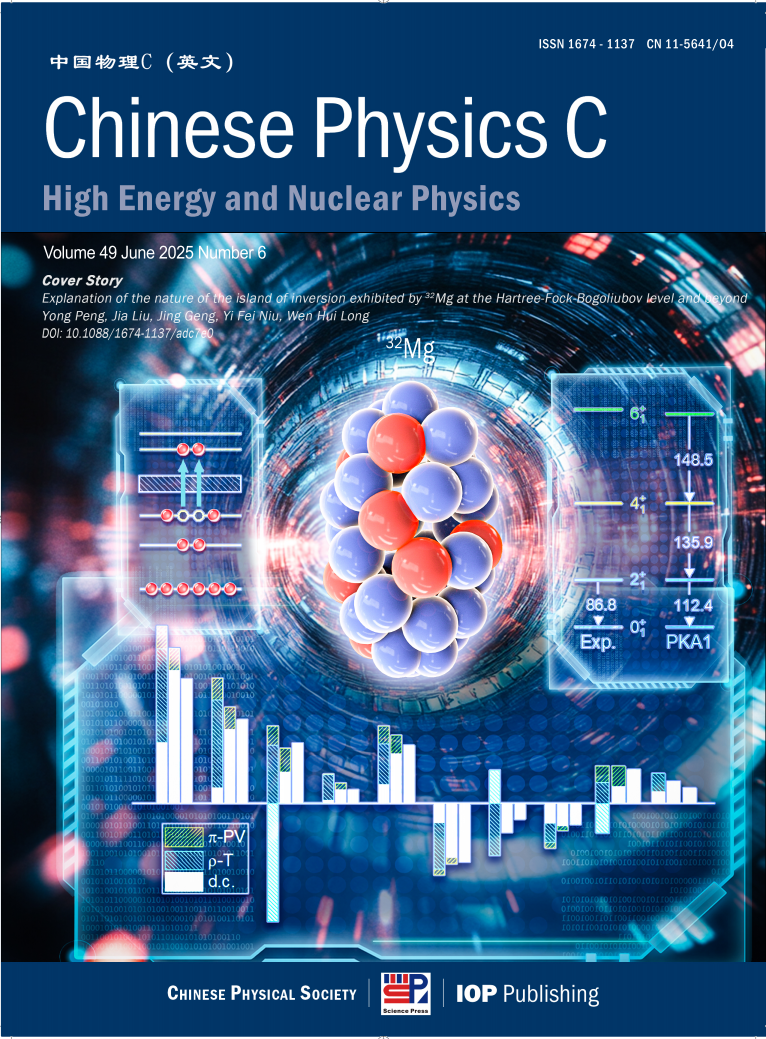Cover Story (Issue 11, 2024) | Form factor for Dalitz decays from J/ψ to light pseudoscalars
Author: Prof. Qiang Zhao (Institute of High Energy Physics, Chinese Acadamy Sciences, Beijing)
The J/ψ particle is abound state of the “charm” quark and antiquark. Its major decay processes are through the annihilation of the charm charm quark and antiquark into gluons (strong decay) or gluons plus a photon (radiative decay) with the gluons hadronizing into light hadrons. The J/ψ radiative decay imposes strong constraints on the quantum numbers of the hadron final states and therefore provides a good place for the study on the properties of light hadrons. Experiments observe that the pseudoscalar mesons usually have large production rates in the J/ψ radiative decay but the underlying dynamics is not well understood for a long time. On the other hand, if the emitted photon is “virtual” and finally converts into a lepton pair, such as e+e- and μ+μ-, the decay process is dubbed as “Dalitz decay”and the related transition form factor gives a description of the electromagnetic structure of the decay.
In a recent article[1], the authors(Shi et al.) performed the first lattice QCD study on the Dalitz form factor for the J/ψ radiative decay into the lightest pseudoscalar meson. They calculated the form factor with one quark flavor whose on-shell value surely results in a large production rate of the pseudoscalar meson. This calculation is numerically challenging and is accomplished with a large statistics. By studying the flavor number dependence along with a previous lattice result with two quark flavors, they attributed the large production rate to the importance role played by the QCD axial anomaly which introduces a strong gluonic coupling to the flavor singlet pseudoscalar. Furthermore, they found than the form factor can be well described by the single pole model inspired by the vector meson dominance and is in accordance with experimental results. Based o this observation, the author sproposed an empirica lformula for the pole parameter in the single pole model, which can used to the experimental analysis of J/ψ Dalitz decays into different pseudoscalars. This result has a special significance for BESIII, which has accumulated a very large J/ψ event sample facilitating precise measurements of pseudoscalar meson productions.
References
[1] C. Shi,Y. Chen, X. Jiang et al., Chin. Phys. C 48, 113105 (2024), arXiv: 2403.11842 [hep-lat]














